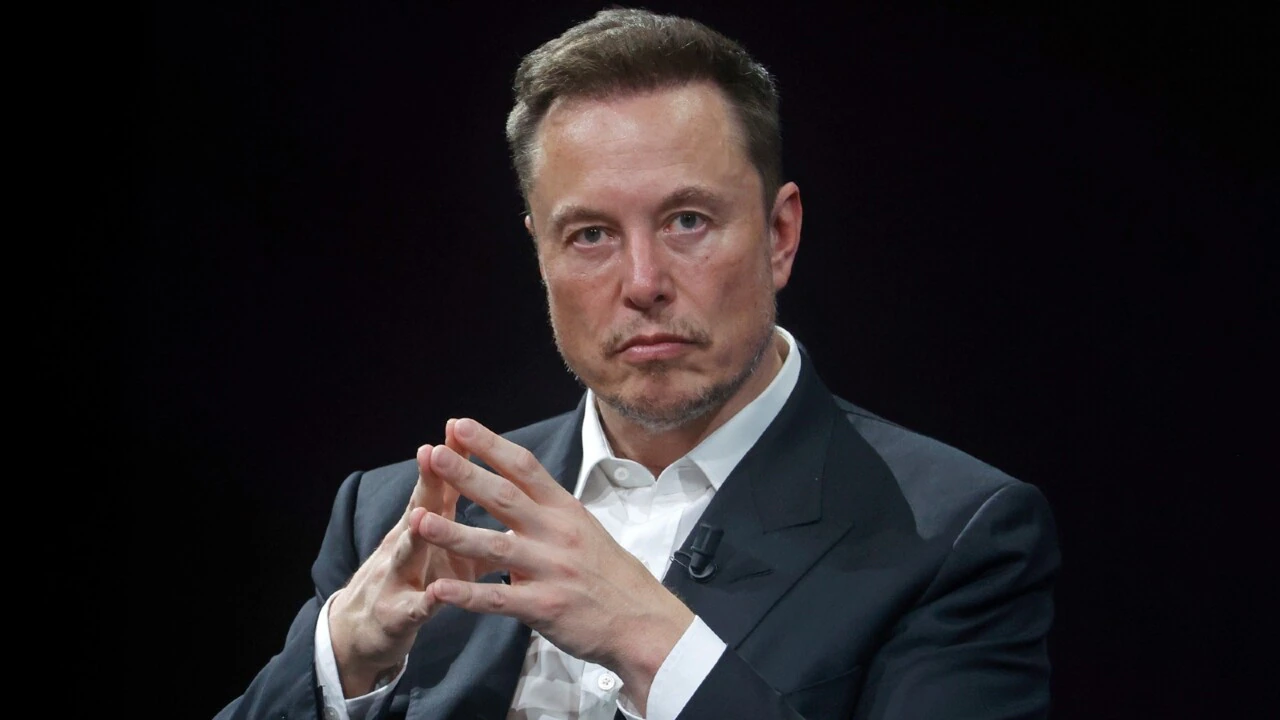Elon Musk recently stirred up a lot of controversy with his statement that humans could live on Mars in four years and build a city in 20 years. One statement he made on his platform X has generated a lot of inquiry and doubt from space enthusiasts. Musk’s plan is based on the accomplishments of the firm SpaceX in revolutionizing the space industry through reusable rockets, though again, others feel that he is too ambitious in his timetable toward Mars.
NASA is also working hand in hand with SpaceX in exploring Mars plans to have a crewed Mars landing by 2040 as their goal, although it is pretty risky. Musk, however, has been persistent on a much more aggressive schedule, which is evident since he came out to state that humans could get to Mars in the next six years, a prediction he made in 2016. Nevertheless, most of these grand announcements have not been accomplished as the requisite spacecraft and other facilities for such missions have yet to be inaugurated.
While some consider Musk’s latest assertion entertaining more than anything, others think it more useful. Some researchers, such as Matthew Weinzierl of Harvard Business School, are of the opinion that this vision drives the SpaceX organization to continuously seek new ways of creating products and services that they have not developed before. It only fuels aggressive talk of SpaceX and mentions that Musk is equally on a mission to redefine the way space exploration is transforming, Weinzierl added.
However, Musk’s vision and plan for Mars have significant financial and technical barriers. Setting up such a program is impossible, even with Musk’s wealth of $250 billion. The program is expected to cost way more than NASA’s $280 billion Apollo program. Nonetheless, SpaceX established practical commercial activities such as the Starlink satellite system, which contributes significantly to the company’s income, and Musk maintains to attract public and private funding.
It is, however, essential to understand that there are challenges on the way to Mars. SpaceX Starship, created to carry out missions to Mars, has only had four test launches, with two of the launches exploding mid-air. They remain concerned with environmental issues, and launching a fifth test flight has not been possible. Also new to the Dream Chaser is an in-orbit refueling system for the long trip to Mars and back, which is still on the drawing board.
Robert Zubrin from the Mars Society says that he has no doubts about the possibility of a mission by 2028, though he doubts that SpaceX is ready to support humans on Mars. “You don’t want to send people that there is no return for until there is a way to restore resources,” Zubrin warned, adding that while Mars has lots of resources like oxygen and methane, there is no way of making them.
Still, scholars like Zubrin or Weinzierl believe that SpaceX will approach its Mars targets, yet in a different time frame than Musk has set. They commend him for cutting the cost of space launches by introducing innovations such as reusability, which is an accomplishment in its own right.
Experts also agree that even if Musk’s involvement with SpaceX is reduced in the future, the company will have created enough of an innovation culture to allow it to continue with the same energy. Regarding this, Weinzierl argued that SpaceX’s capability to continue sourcing excellent talent and sustaining the progressive culture will enable the organization to remain productive even if Musk loses focus.















